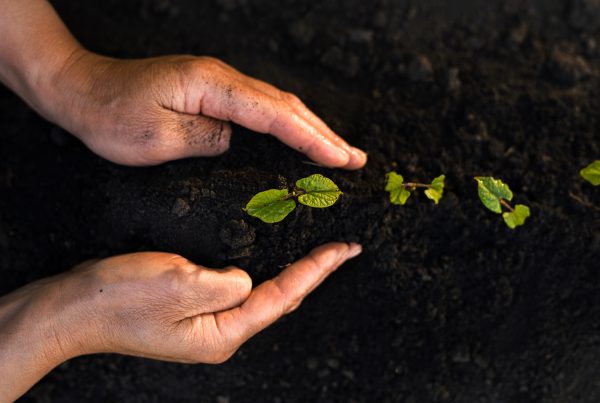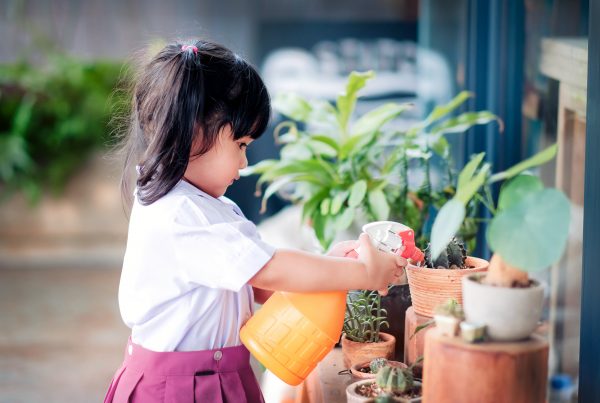The cause of misinformation and how your business can help
It’s fair to say there’s a bit of confusion out there when it comes to how to identify and properly dispose of eco-friendly packaging solutions.
While they’re thoughtfully manufactured and used by businesses with the best intentions, compostable bags and other packaging items can often end up being thrown out with the general garbage.
The public’s misunderstanding can largely be linked to improper labelling and the misuse of words like ‘compostable’, ‘biodegradable’ and ‘degradable’ in product marketing. It also doesn’t help that the correct disposal methods for these materials are either hard to follow or that community composting bins are not readily available in many local council areas.
When it comes to misinformation points surrounding compostable packaging, the below are some of the biggest offenders.
Imitator products claiming to be compostable
There are many products on the market that claim to be compostable, but do not have the necessary certifications. Without endorsements from governing bodies, it most likely means the product cannot break down to a level that is deemed to have no resulting impact on the environment.
A product should only be called ‘compostable’ if it has been certified by the relevant international associations. The strictest of these is the Australian standard, which demands products have a minimum of 90% biodegradation within 180 days in a composting environment, and no toxic effect on the resulting compost. If a product has been marked with Australia’s AS4736-2006 seedling logo or a comparative European compostability logo, it assures the end user that it can be safely composted.
Lack of understanding about composting
For the everyday user, it can be challenging to identify a product that’s made from traditional plastics compared with something made from bioplastics. This can cause confusion, resulting in either a mix of both types of plastic in the composting bin or for the organic product to be unnecessarily thrown away with general waste.
Clear identification of bioplastic is essential to help the consumer easily recognise something that is plant-based and safe to compost from something made of plastic.
Limited disposal options
Customers without a home composting solution rely on local council collection points to dispose of their organic waste. While these services are slowly but surely being made available, the efficiency of council collections are being hampered by the contamination of household organic waste. Often, plastics, glass and other non-compostable materials end up in the composting bin along with plant-based items. This makes the sorting process even more time consuming and costly for local councils. There are also some regulatory barriers, where some compostable packaging cannot be accepted by organics recycling facilities.
While most consumers want to do the right thing and dispose of compostable items in the correct way, it often becomes too hard when the wording is convoluted, or a disposal option is not easily within reach.
It’s obvious that better education about how to identify, use, and dispose of compostable items can go a long way toward establishing a more effective process.
Businesses can lead the way in this space with clearer labelling. This may mean printing certification logos or unambiguous wording on any approved products that are safe to dispose of into the home or industrial compost. In addition to this, a key part of spreading awareness is to provide easy-to-follow instructions for how customers can dispose of the product, packet, or carry bag after they’ve finished using it.
With a heightened level of education, greater accessibility and widespread understanding, compostable products can be used and disposed of more effectively and with less impact on the environment.




